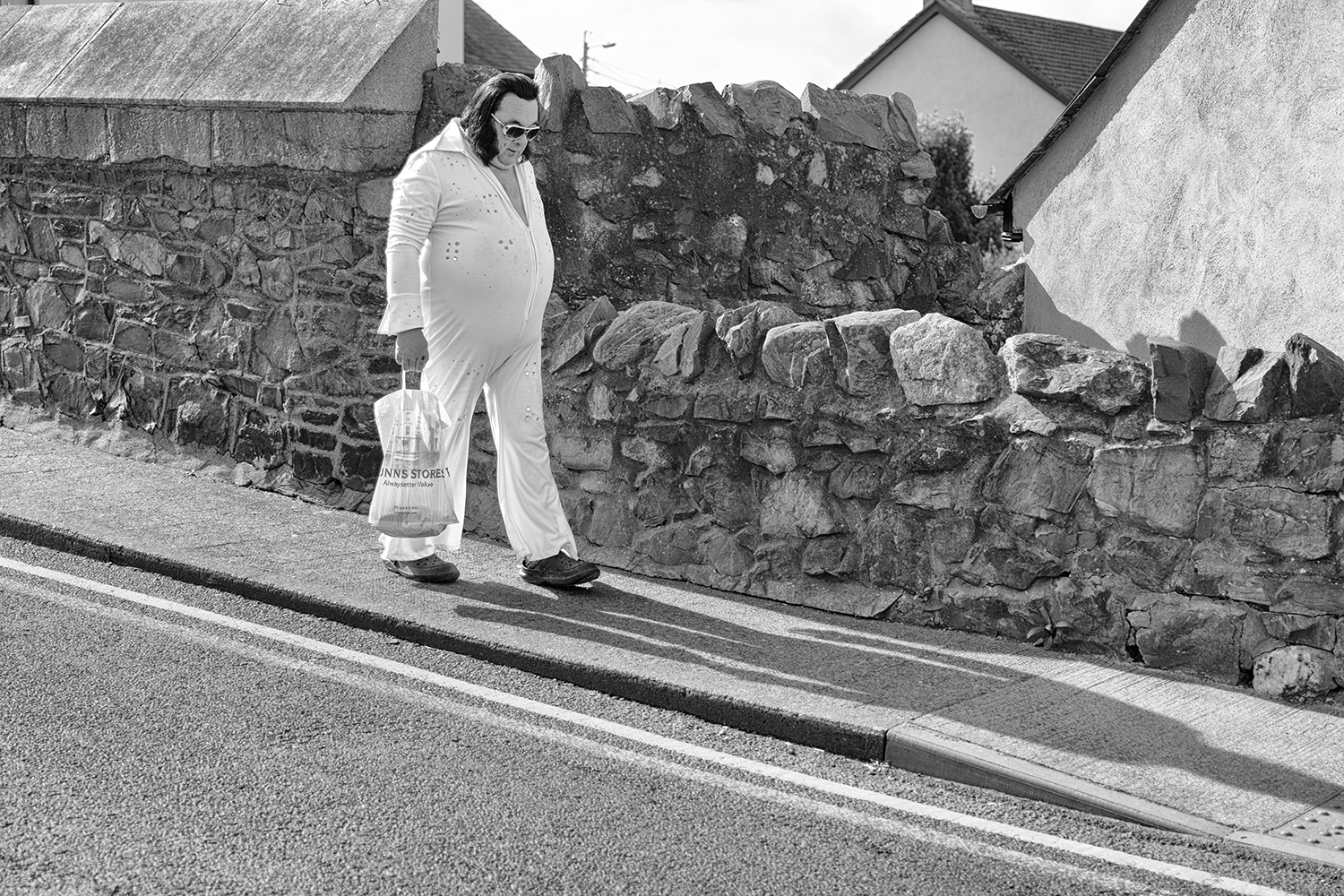
Interview Street photography
Peter Vandermeersch
When Peter VanderMeersch moved to Ireland, he picked up his camera to document his new environment. The result is a beautiful series in black & white packed with surprising scenes and fascinating people.

- Tell us a little about your background – what path led you to becoming a photographer, and to doing what you’re doing today?
I bought my first camera, a Yashika, when I was fourteen. Later, with money I earned during the summer as a junior butcher (!) in the Belgian coastal town of Blankenberge, I upgraded to a Canon A1. Both off course were film camera’s and I’m happy that I used film for many years. Making pictures with film is so different than shooting away digitally.
At the University of Ghent, where I studied medieval history, I was quite active in the ‘Fotoklas’ (Photo class). Here I not only learned how to develop film and how to print my negatives but started to take photography much more serious. I started to follow workshops, collect books on photography, visit galleries and musea.
When I started off as I journalist, my ‘tool’ was my pen and not my camera, although as a correspondent in Paris and New York I now and then made pictures with my articles. I never really stopped making pictures in my years as editor-in-chief of De Standaard and later NRC. But I’ve never posted them on social media.
At the start of the Covid pandemic, and living by then in Ireland, I decided to take up photography again and publish my work on Instagram and on my website. To be honest: by now I am quite obsessed with it and rarely leave the house without my camera.

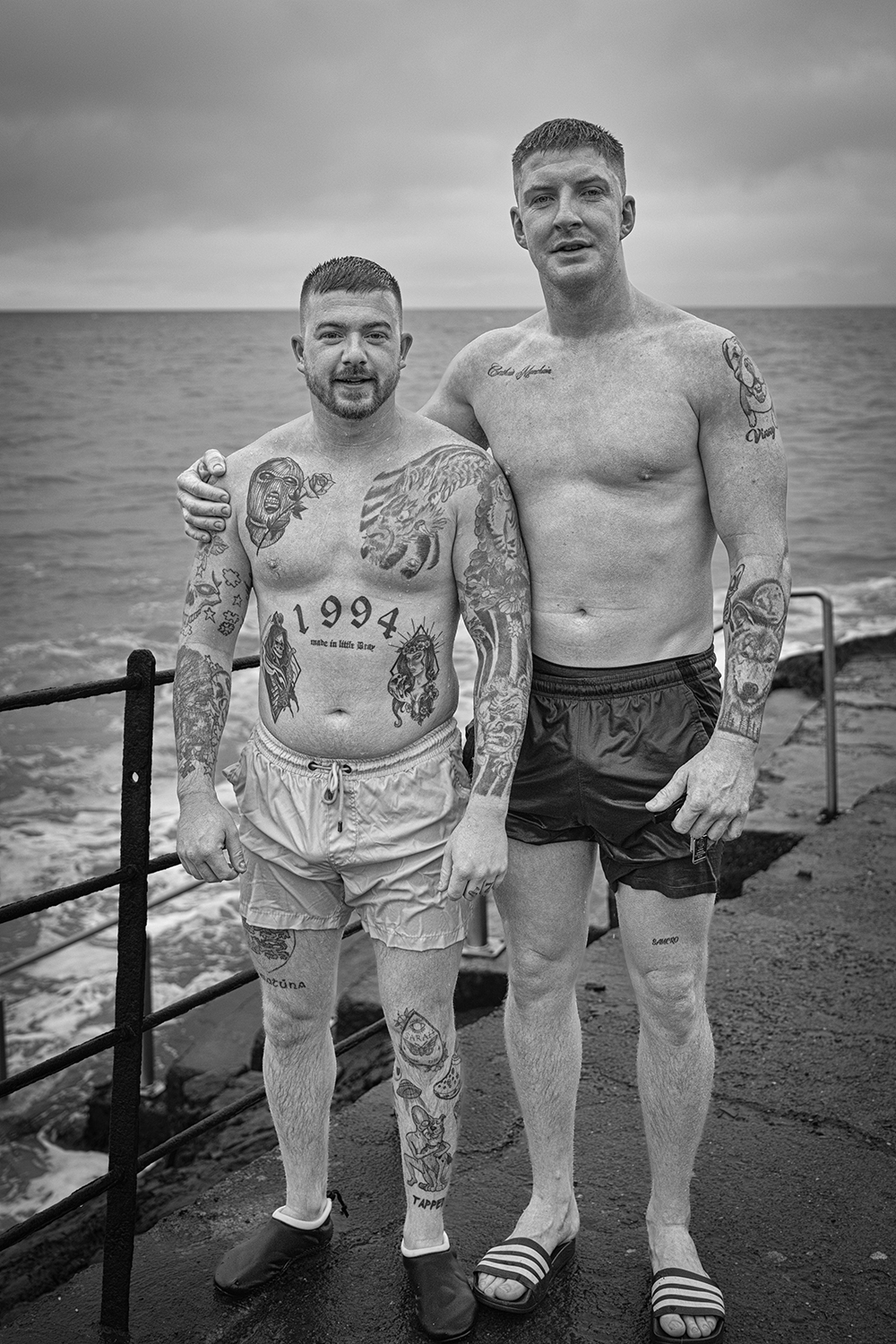
- What would you say is your approach to street photography?
I don’t have a particular approach. I try to ‘document’ street life and particularly I try to make street portraits. There are so many wonderful people in the street. Most of the time I’m asking them if I can make their portrait and in most cases they allow me to do it. I love this small ‘contact’ moments. I meet them for a couple of minutes, make the photo and then never see them again. I am so grateful to all the people who allow me to make their picture.



- Why did you choose for black and white?
It grew on me. Obviously when I was working with film and developing my pictures myself, it was black and white. But with my digital camera I have been working in colour. The last two years I noticed that I, almost in a natural way, changed to black and white and these days I rarely make a colour picture. There is the saying that “When you make pictures of people in colour, you photograph their clothes; when you do that in black and white, you photograph their souls”. I am looking for the souls of people.
- Which camera and lenses do you use?
I am happy to say that I was able to afford my dream camera. A Leica M model with ‘the holy trinity’ of lenses: 28, 50 and 90 mm, each f 2. But 90 percent of the time I am working with my 28 mm. Yes it forces you to go close to your subjects but that’s the whole challenge.
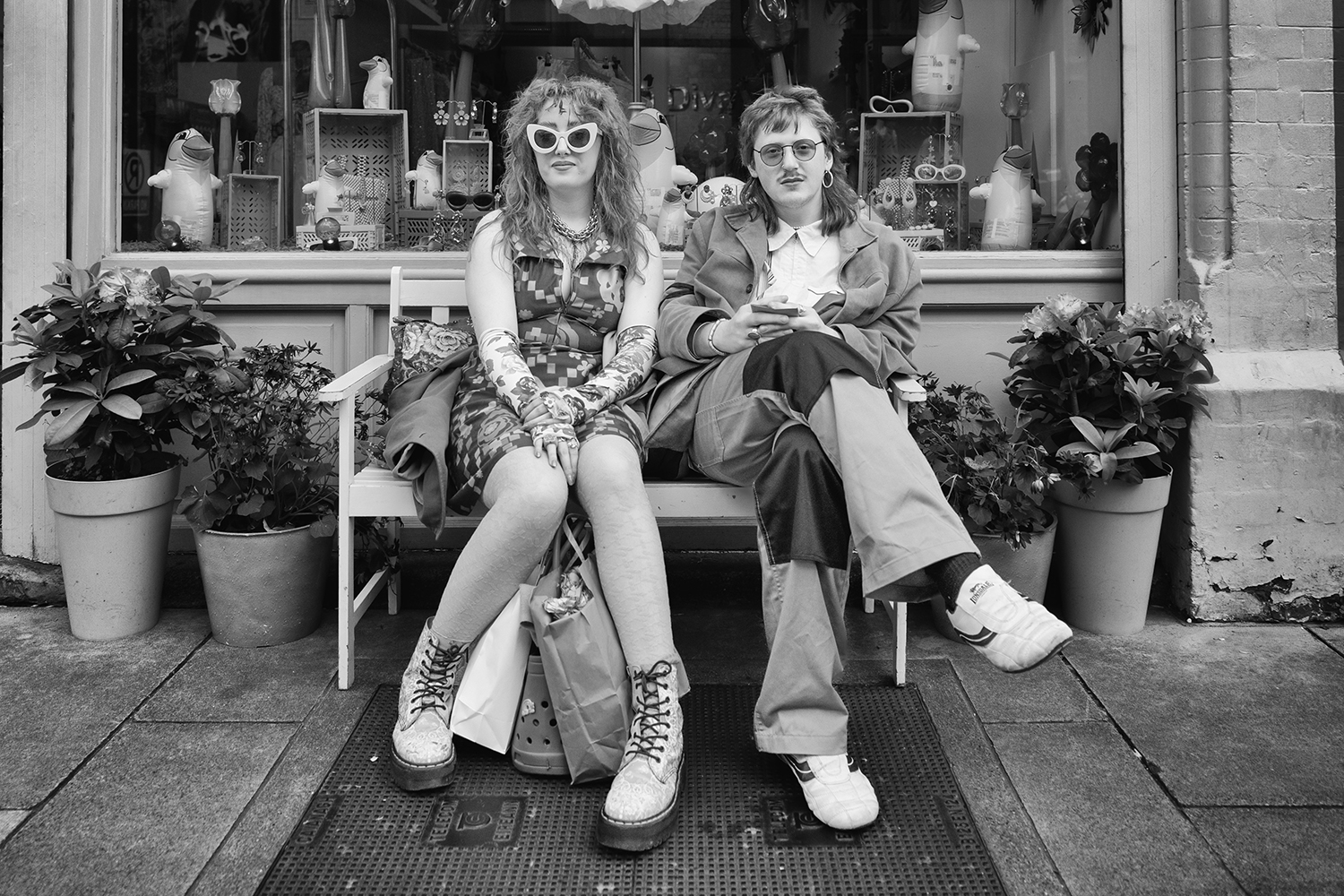
- What does photography mean to you?
It’s looking at the world around us in a much more intensive way. It’s noticing light, people, shade and colors and trying to capture that on a two dimensional way which gives it sense. It’s emotion on a screen or a print.
- What would be your dream photography project?
I am working on it: a big project on people in Ireland. In my street portraits I want to show the country I am living in.
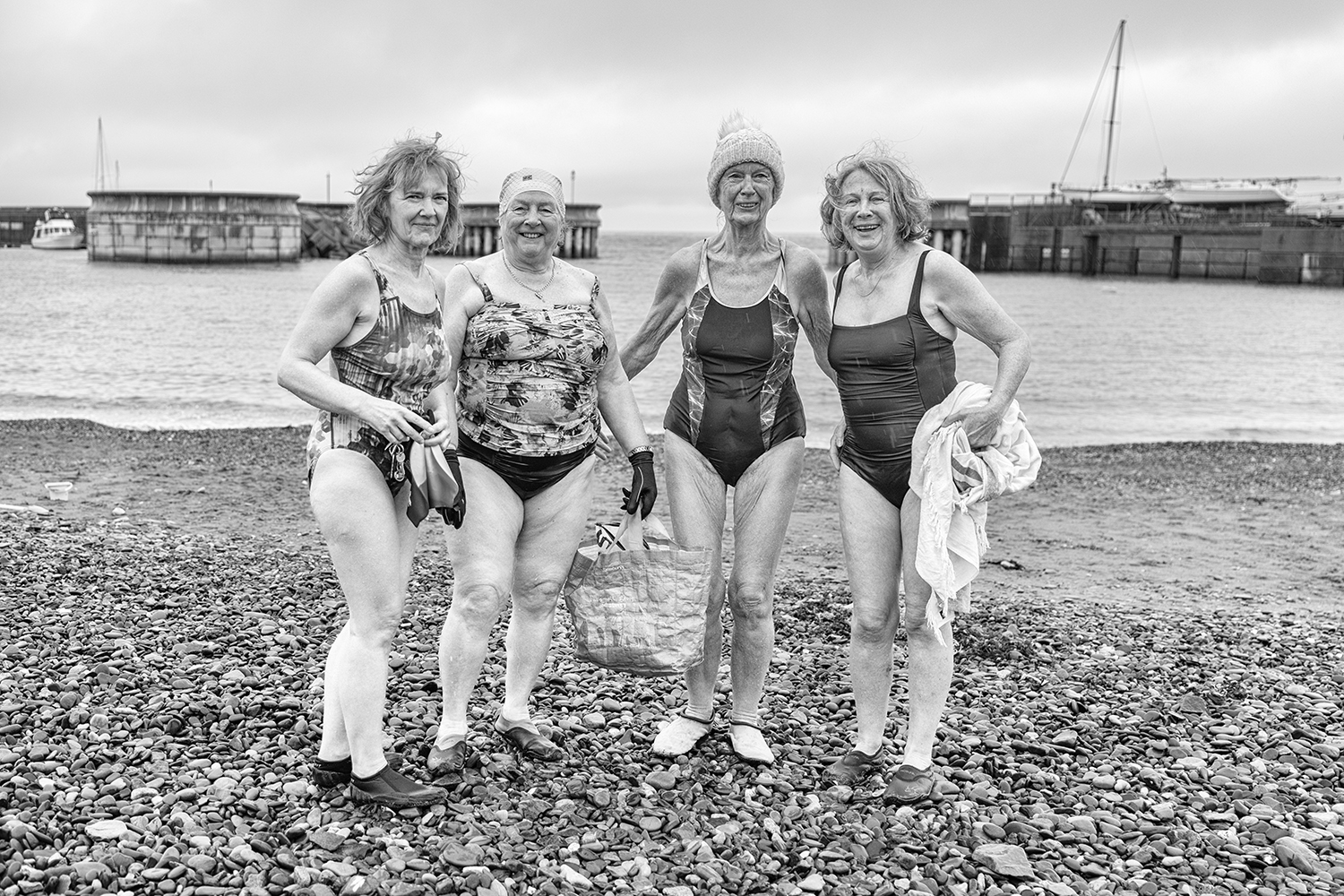
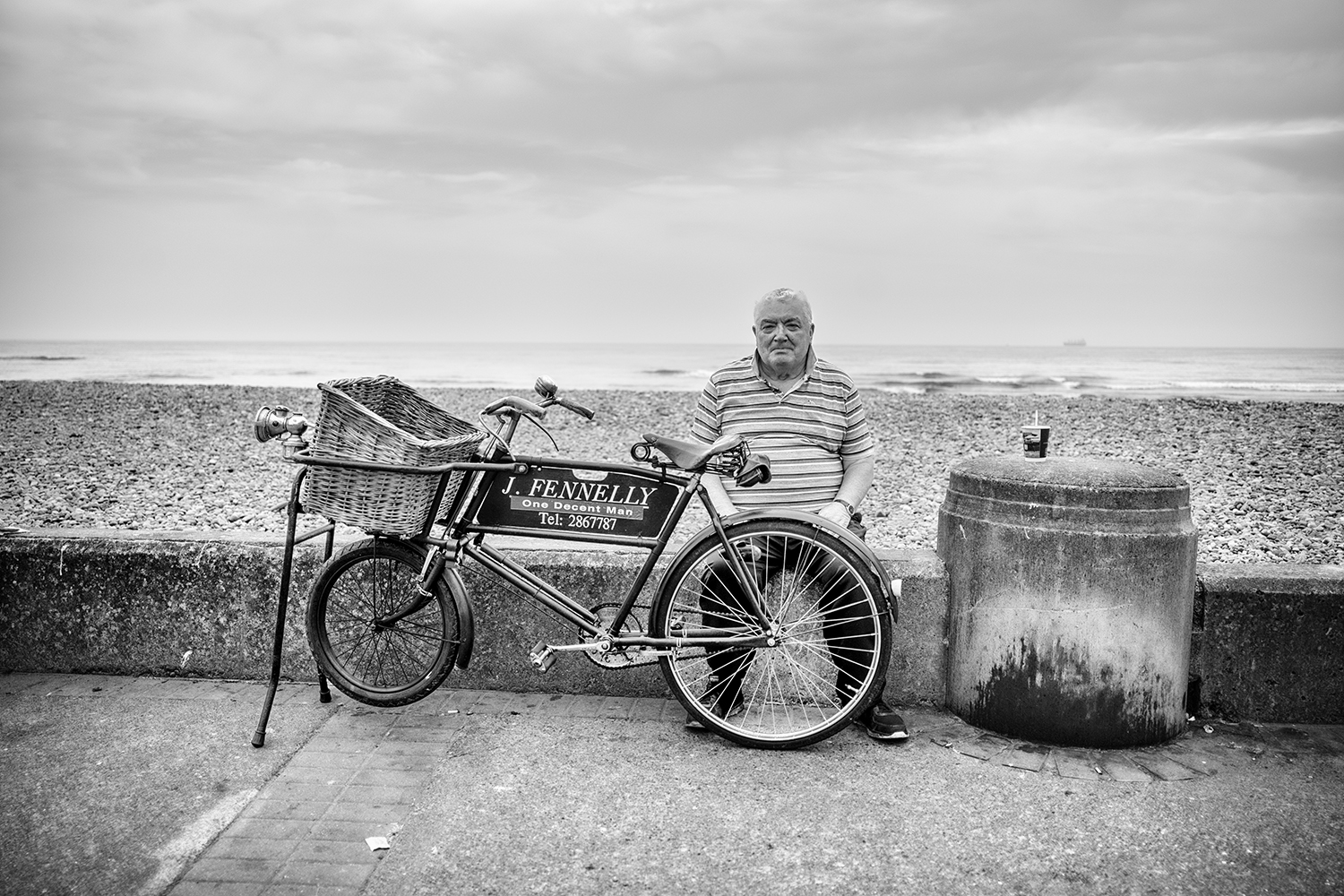

- Which other photographers, designers, artists or creative people are you loving at the moment?
I do admire the work of many street photographers. Obviously the ‘classic’ ones: Henri Cartier-Bresson, Robert Frank, Gary Winogrand, Joel Meyrowitz, Martin Parr and others. The best photographer In Belgium and The Netherlands is withut any doubt Stephan Vanfleteren. Recently I discovered the work of an older Belgian photographer who stayed too long under the radar: Jacques Sonck.



© Pictures by
Peter Vandermeersch
